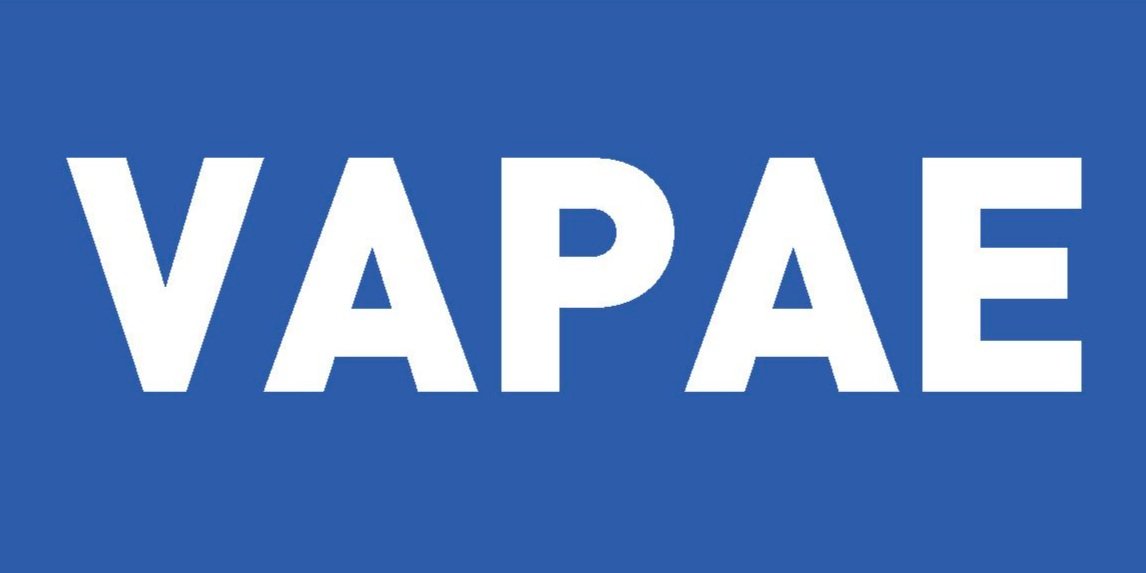Rob Tom Browning | November 2018
Hometown: Santa Monica, California
Major: Design | Media Arts
Minor: Visual and Performing Arts Education
Q: How did you discover your interest in the arts and how did you know that it was something that you wanted to pursue professionally, as an artist or as a teaching artist?
A: I’ve always been a storyteller, since I was a child, I would craft elaborate stories and fantastical worlds I would lose myself in, and wanted to share with my friends. Eventually, when they started becoming too complex to explain in words, I had to find a new way to share my vision. Ultimately this lead me to working in 3D space. As my ability to create richer and more dynamic stories grew, so did my curiosity about the visions those around me saw. I grew so fascinated by what those around me saw all I wanted to do was bring those visions to life too. While I am very fortunate I’ve been able to make this into a profession it was never the goal. All I wanted to do was show those around me the worlds I saw. Though in more recent years I’ve dedicate my time to teaching. To me being able to show my ideas is what got me through the hardships I’ve experienced. Thus I want to pass on my these practices I’ve gained to others, so they too can get past the hardships they may deal with in life.
Q: Describe what the student artists in your VAPAE afterschool arts or arts enrichment program are working on and the process they’re using.
A: Currently my students [at Creativity Sessions @ Ad Astra] are working with various mediums such as bookbinding, video editing, and more traditional mediums. The process I have them primarily focus on is personal interpretation and how that can be expressed in various forms.
Q: Why is an enrichment opportunity like this important for those participating? What do they gain?
A: My teaching philosophy is to teach students how to question art, as well as the world around them. I want my students to go further than taking something for face value. Regardless if these students want to become professional artist or not, these skills I focus on in my art classes can be applied to any field.
Q: Did you have an opportunity like this when you were a younger artist? If yes, how did it help shape your love of art? If no, in what ways could a program like this have helped you?
A: I did not have many opportunities to participate in programs similar to those in VAPAE. I feel if I had the opportunity to participate in one of these programs I would have been able to develop my artistic skills with much more ease then I did on my own. I would spend weeks trying to learn how to master one technique that I feel in a VAPAE class I would have been able to learn in one class session.
Q: What do you personally gain as a teaching artist, arts facilitator?
A: They say the best way to learn something is to teach it, not only do I get to refine my own skills by teaching students, I can see their perspective which sometimes makes me rethink how I am looking at something. Plus walking away knowing I’ve been able to give them knowledge or a skill they can use to help them in life always puts a smile on my face.
Q: What are the benefits to you as a student/graduate in the UCLA VAPAE program? Was this program a good choice for you? If so, why?
A: The biggest benefit I’ve found is the community of VAPAE. Even after graduation I still feel that I always have a family to go to if I am ever in need of assistance. Everyone cares for one another and is there when you need them. Whether it’s advice for teaching, feedback on a lesson plan, or someone to grab coffee with on a stressful day, someone’s always there.
Q: Are there any anecdotes from your time as a VAPAE Teaching Artist at an Arts Enrichment or Afterschool Arts Programs that stand out to you? Perhaps you had a breakthrough with a student or saw some particularly noticeable growth in that student through this program, collaboration etc. Maybe something surprised you or made you think about art or teaching in a new way.
A: On my first day of teaching [at Ad Astra] I had just started to give instructions for the project we were going to be working on. All of a sudden a student raised their hand to ask a question, I assumed it was to clarify something but she asked if we could start working on the project. I paused and was at a loss for words. The other students then jumped up and tried to start working even before I had fully finished explaining everything to them. All these students wanted to do was get to work and create art, when I was expecting to have to really work with them to get started. This moment is very special to me because it reminds me just how much students when given the opportunity, want to make art.
Q: What are your short-term and long‐term career goals?
A: Currently my short-term goals are to work in fields unrelated to 3D design, all knowledge is useful knowledge to me. I want to take the time and to focus on new things that I can eventually bring back into my practice and incorporate into my designs.
B: My long term goal would be to bring all the practices I’ve worked on over the years and start my own design studio, that can put out the art I so desperately hope to make someday, while also serving as a place for people to learn from.

